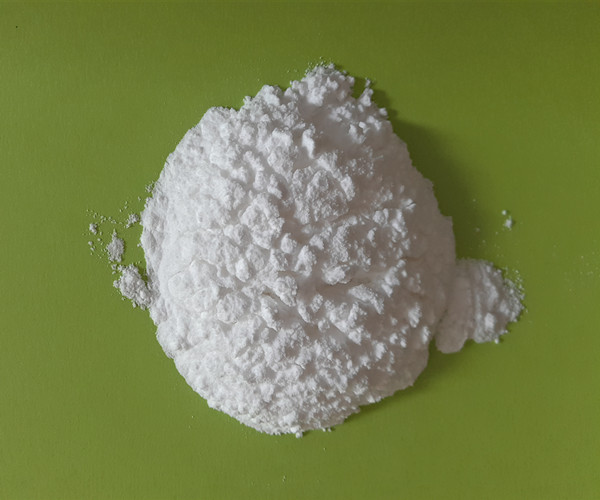Raloxifene, a member of the class of selective estrogen receptor modulators (SERM), reproduces the beneficial effects of estrogens on the skeletal systems, without the negative effects estrogens on breast and endometrium.
This is a review article summarizing its mechanism, effects on bone and its applicability in traumatology clinical practice. In postmenopausal osteoporosis, this drug has been proven to decrease accelerated bone turnover, increase bone mineral density (BMD), and to structurally recover bone, decreasing the risk of vertebral fractures and the risk of non-vertebral fractures in patients with previous, severe vertebral fractures.
Raloxifene may increase your risk of a blood clot in your leg, your lung, or your eye.You should not take raloxifene if you have ever had this type of blood clot.
Raloxifene can also increase your risk of a stroke, which can be fatal. This risk is highest if you have certain risk factors (such as smoking, having heart problems or high blood pressure, or if you have ever had a heart attack or a stroke).
Although this medicine is for use only in postmenopausal women, you should not take raloxifene if you are pregnant or breastfeeding.













